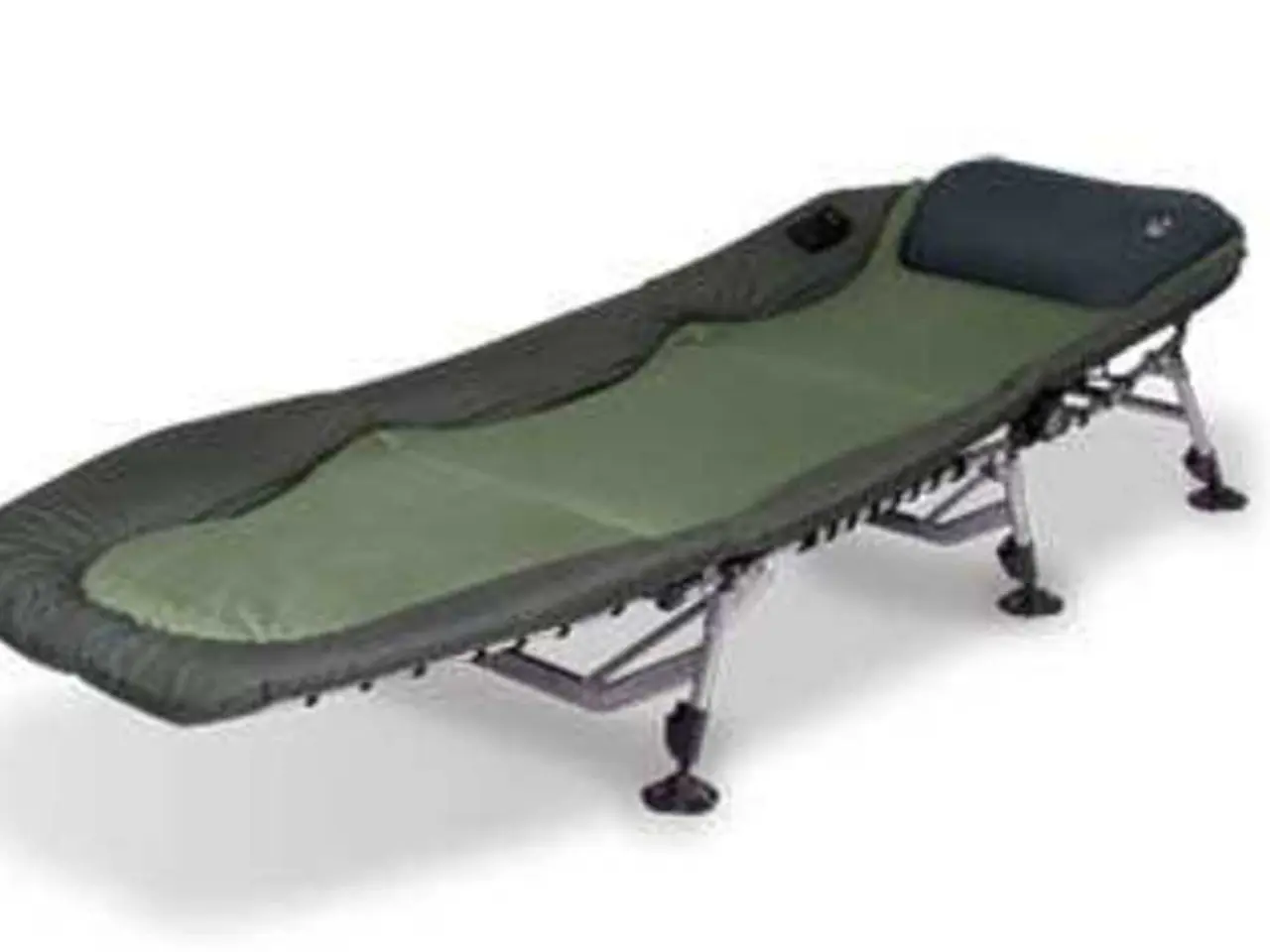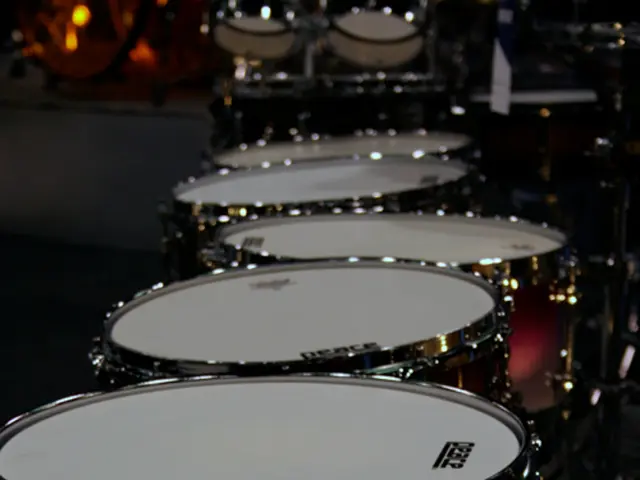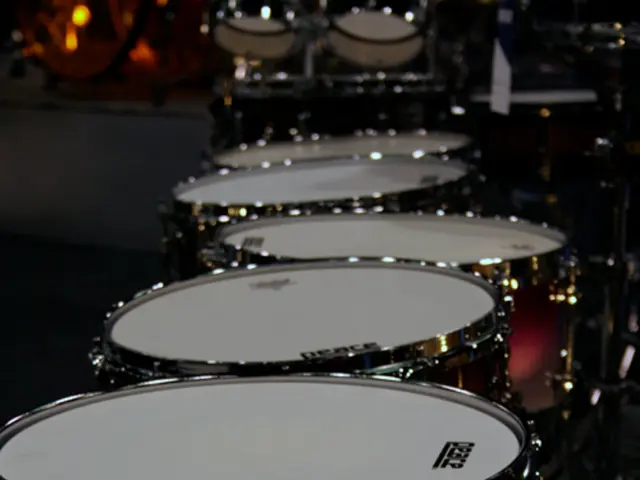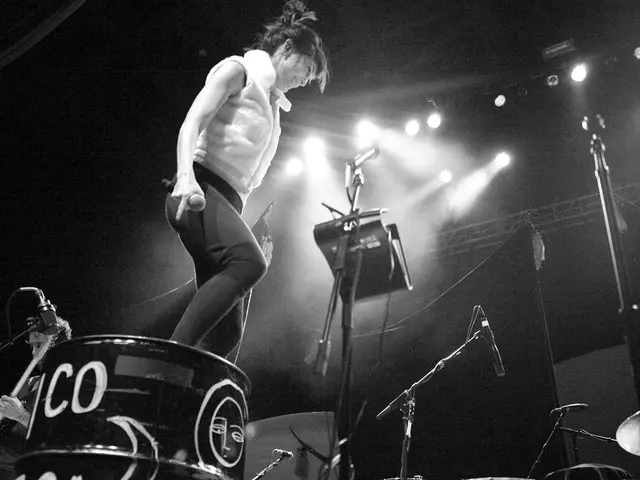Maintaining Vigilance Explains Persistent Physical Tension You Experience
In the realm of fitness and wellness, it's essential to understand the differences between mechanical muscle tightness and protective tension. While both can impact our mobility and overall health, they originate from distinct sources and require unique approaches to address.
Regular practices that promote nervous system regulation, such as breathing exercises, meditation, and walks in nature, can help decrease stress levels. Before attempting any mobility work, spending a few minutes focusing on deep, rhythmic breathing can downregulate your nervous system, signalling safety and putting it into a parasympathetic "rest-and-restore" state.
Mechanical muscle tightness generally refers to a physical shortening or stiffening of muscle fibers or connective tissue due to factors like overuse, injury, or habitual posture, resulting in restricted range of motion and palpable stiffness. Protective tension, in contrast, is a reflexive, neurologically mediated muscle contraction that the body adopts to protect itself from perceived or actual injury or pain.
To distinguish between mechanical tightness and protective tension, consider these factors:
- Onset and context: Mechanical tightness typically develops gradually due to physical factors like overuse or postural habits. Protective tension often arises as an immediate reflex to pain or injury and can persist as a guarding mechanism.
- Palpation and tone: Mechanical tightness feels like firm, shortened muscles, while protective tension can feel like increased muscle activity without necessarily structural shortening.
- Range of motion (ROM): Mechanical tightness limits passive and active ROM due to tissue stiffness. Protective tension often limits active ROM initially but may show variable restriction during passive movement since guarding depends on nervous system activation.
- Response to relaxation or therapy: Mechanical tightness responds to stretching, massage, or heat. Protective tension can persist despite these interventions because it is rooted in nervous system protection and may require neuromuscular re-education or breath/relaxation techniques.
Indicators of protective tension in the body include:
- Persistent muscle contraction without structural injury: Muscles remain tense as a protective behavior to prevent movement that might re-injure tissue or cause pain.
- Tension that outlasts the initial injury or pain: Protective tension sustains beyond tissue healing as part of a neuromuscular defensive pattern.
- Reduced range of motion linked to guarding: The body restricts movement to avoid provoking pain or perceived danger.
- Associations with psychological stress or chronic pain: Protective tension commonly arises or is perpetuated by stress-related sympathetic nervous system activation (fight or flight response), resulting in chronic muscular tension in the shoulders, neck, and back.
- Correlation with altered breathing patterns: Protective tension often accompanies shallow or irregular breathing and can be alleviated partially by conscious breathing techniques.
- Postural compensations: Protective tension often produces altered posture, such as elevated shoulders or forward head posture, that reflect muscular guarding patterns.
Working with a physical therapist or qualified trainer who is familiar with protective tension can help determine the most appropriate corrective exercises. A gentler, more comprehensive, mind-body approach is necessary for addressing protective tension.
In summary, protective tension is a neuromuscular guarding response aimed at injury prevention and persists as muscle tension coordinated by the nervous system, whereas mechanical tightness is a physical state of shortened or stiffened muscle tissue. Identifying protective tension involves recognising symptoms of muscle guarding, persistence after healing, stress involvement, and mobility limitations that reduce with relaxation strategies rather than solely physical treatments.
Sign up for CNN's Fitness, But Better newsletter series for a guide to easing into a healthy routine and learning more about managing protective tension effectively. Practicing a stress-relieving 5-7-3 breathing pattern can also help alleviate protective tension and promote overall well-being.
- Engaging in a holistic approach that encompasses science, health-and-wellness, fitness-and-exercise, and therapies-and-treatments can be beneficial in managing protective tension.
- Signing up for the CNN's Fitness, But Better newsletter series, which offers guidance on easing into a health routine, can provide valuable insights on managing protective tension effectively and promoting overall wellness.






